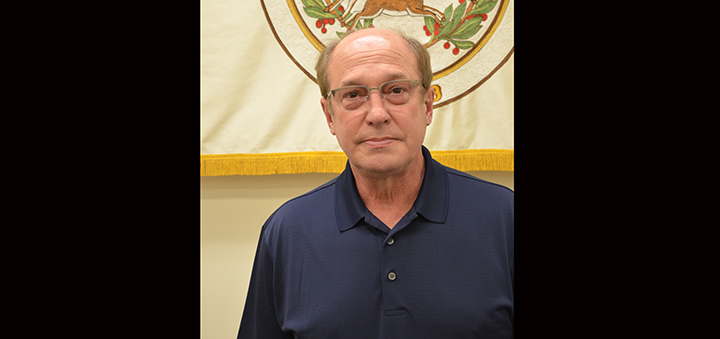PROGRESS 2021 – Chenango County’s new chairman looks ahead and is not afraid to answer tough questions
Chenango County Board of Supervisors Chairman George Seneck. Seneck is the Town of Guilford supervisor and was recently appointed to lead Chenango County in 2021. (Photo by Tyler Murphy)
As Chenango County heads into 2021 the pandemic dominates daily life, including the economy and almost all government functions.
Even democratic principles have taken a back-seat to New York State’s response to the pandemic, with the state being essentially ruled by a single branch of government through executive orders issued by Governor Andrew Cuomo for most of 2020.
Nursing homes in particular have been devastated as New York State has botched the initial vaccine distribution. About a third of the reported deaths in Chenango County at the end of January 2021 were from local nursing homes.
Chenango County and many rural areas have struggled to get vaccines. Under intense pressure the vaccination process is slowly picking up steam but health officials estimate optimistically it will be late summer or early fall before the vaccine brings enough relief to begin a return to normal life.
The county’s top priority for 2021
“The first priority, and it may be for a while, is dealing with COVID-19. COVID will continue to be a focus,” said newly appointed Chenango County Board of Supervisor Chairman George Seneck. He is the Town of Guilford supervisor.
“We are not where the state is saying we’re at. We’re not at 1B. I think you see stuff coming out of the governor’s office and it’s hard as a small county like this to get the information out.”







Comments